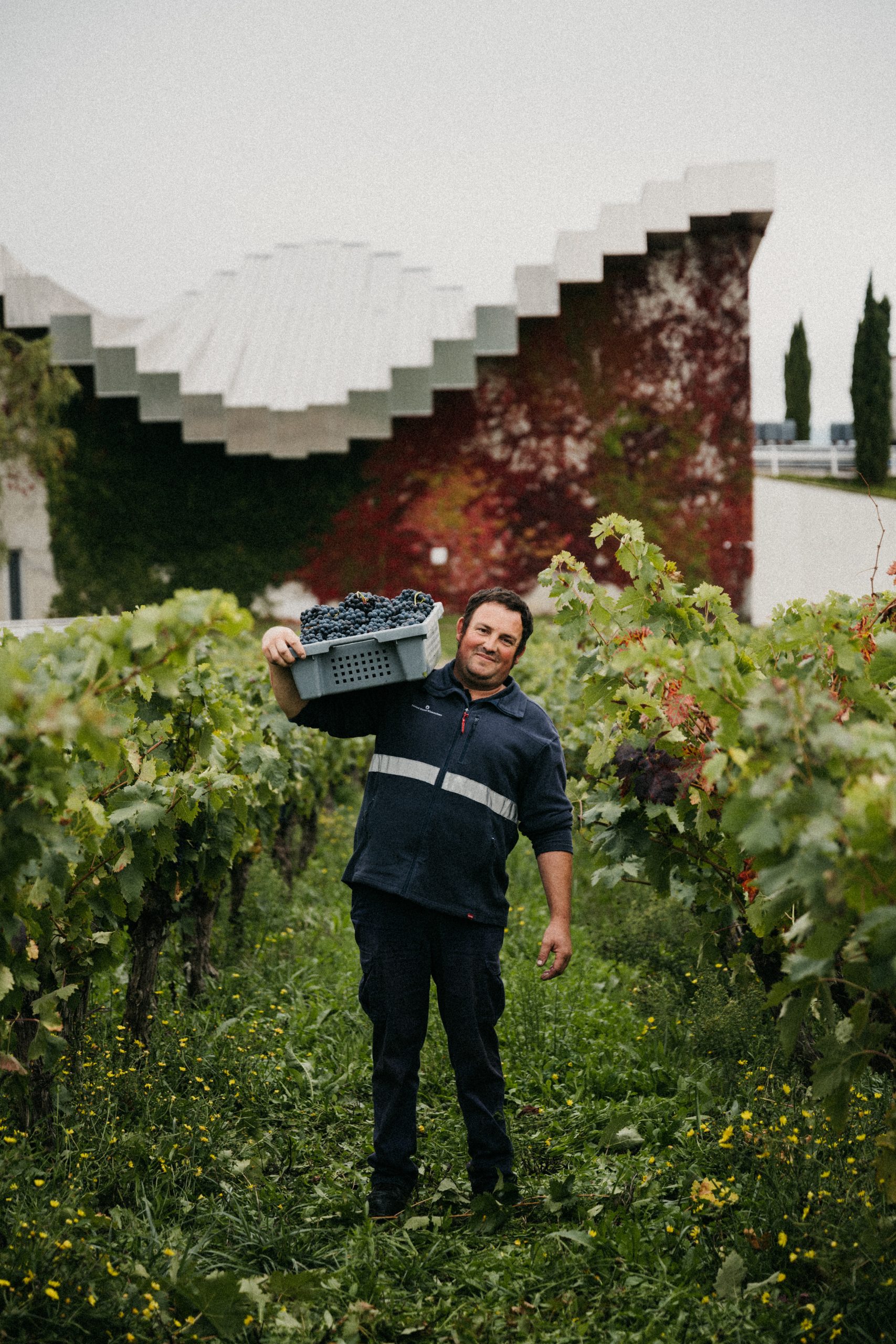Researchers make key discovery in identifying smoke taint in wine
Researchers have discovered a new chemical marker that could indicate the extent of smoke taint in wines affected by wildfire smoke.

Researchers at the Oregon State University have made a breakthrough discovery in understanding the chemical compound found in wines with smoke taint.
The undesirable smoky flavour and aroma is caused by wildfire smoke which billows onto grapes and alters their composition. Concern among winemakers has been increasing in recent years due to growing intensity in wildfires caused by climate change. This is particularly true of the West Coast of the US where three of the nation’s top four wine-producing states, California, Oregon and Washington, are situated.
Last year, the region of Bordeaux was badly affected by wildfires with vineyards extremely likely to have suffered smoke taint. Wines of the region such as Cabernet Sauvignon and Cabernet Franc have larger clusters of smaller berries which in turn creates a larger surface area, meaning they are likely to prove even more susceptible to smoke taint.
Elizabeth Tomasino, an associate professor of enology at Oregon State, made the new groundbreaking discovery in conjunction with Washington State University last year. In a report by Physics.org, she expressed the significance of the findings for the development of research and to winemakers trying to combat the unwanted flavour caused my smoke taint. Tomasino also believes detection of the compound will be essential to winemakers when deciding whether to harvest and produce wine from crops exposed to smoke taint.
Partner Content
The research has found sulphur-containing compounds, known as thiophenols, to be a new and clear chemical indicator of smoke taint in wines. Thiophenols are not usually found in wine or any alcoholic beverages but more commonly seen in fish and meat. Previous sensory research has described the flavour as burnt and meaty.
Prior to this, smoke taint was blamed on a class of compounds known as volatile phenols. However, Tomasino said these aren’t accurate predictors of smoke taint due to their inconsistency in producing the undesirable flavour.
Tomasino said in a report by Physics.org: “To date, volatile phenol concentrations and frequent tasting of potentially impacted wines are the only predictors winemakers can use to determine the level of smoke they might have in their wines.”
She said: “The discovery of thiophenols provides a new chemical marker for smoke taint that could provide a reliable way to identify smoke taint and ways to potentially eliminate it during the winemaking process.”
Related news
Castel Group leadership coup escalates
For the twelfth day of Christmas...
Zuccardi Valle de Uco: textured, unique and revolutionary wines




